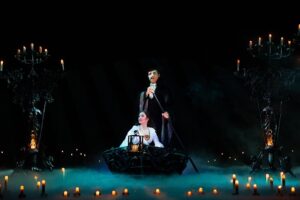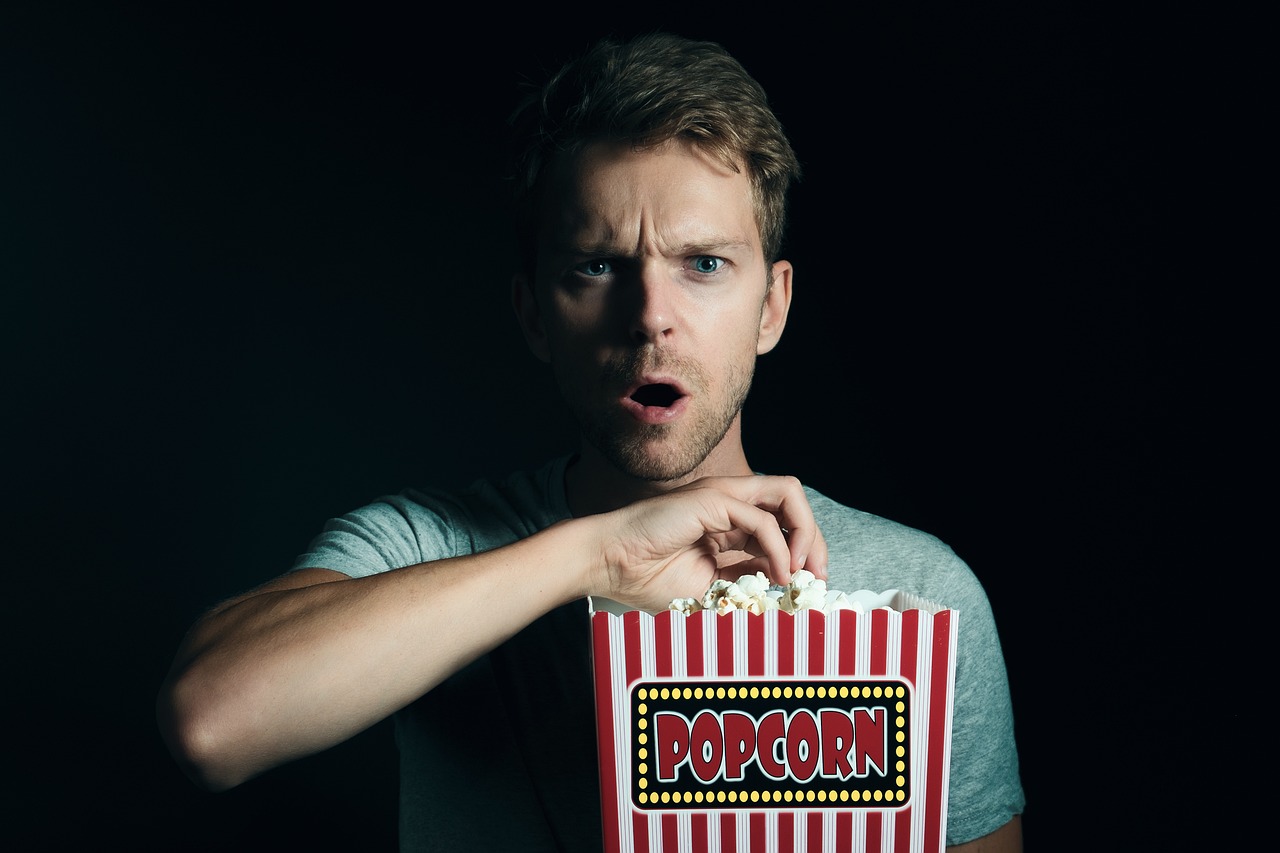From the eerie silence of early cinema to the spine-chilling spectacles of today, the horror genre has undergone a remarkable evolution, captivating audiences with its ability to invoke fear and fascination. In this article, we embark on a journey through time, exploring the milestones, iconic moments, and transformative shifts that have shaped the evolution of horror from silent screams to the masterpieces of the modern era.
Shadows and Shudders on the Silver Screen
 The roots of horror can be traced back to the silent era when filmmakers relied on shadowy visuals, haunting makeup, and eerie orchestral accompaniments to evoke fear. Classics like “Nosferatu” (1922) and “The Phantom of the Opera” (1925) set the stage for a genre that thrived on the unknown, exploiting the power of suggestion to send shivers down the spines of early cinema-goers. Moreover, the secret world carnival of souls (1962) is a unique addition to the genre that emerged from the independent film scene. Directed by Herk Harvey, this surrealist horror film delved into the psychological terror of isolation and the supernatural.
The roots of horror can be traced back to the silent era when filmmakers relied on shadowy visuals, haunting makeup, and eerie orchestral accompaniments to evoke fear. Classics like “Nosferatu” (1922) and “The Phantom of the Opera” (1925) set the stage for a genre that thrived on the unknown, exploiting the power of suggestion to send shivers down the spines of early cinema-goers. Moreover, the secret world carnival of souls (1962) is a unique addition to the genre that emerged from the independent film scene. Directed by Herk Harvey, this surrealist horror film delved into the psychological terror of isolation and the supernatural.
The Golden Age of Universal Monsters
The 1930s and 1940s marked the rise of Universal Pictures’ iconic monsters. Dracula, Frankenstein, the Mummy, and the Wolf Man emerged from the shadows to become cultural phenomena. These monsters, portrayed by actors like Bela Lugosi and Boris Karloff, became the embodiment of horror, introducing audiences to the concept of creatures that both terrified and elicited sympathy.
Hammer Horror and Technicolor Terrors
In the 1950s and 1960s, Hammer Film Productions revitalized the horror genre, infusing it with vivid color and a dose of gore. The Hammer Horror series, featuring Christopher Lee as Dracula and Peter Cushing as Van Helsing, embraced a more explicit and visually striking approach. The use of Technicolor allowed filmmakers to experiment with blood-red hues, bringing a new intensity to on-screen horror.
Psycho and the Birth of Psychological Horror
Alfred Hitchcock’s “Psycho” (1960) marked a paradigm shift in horror, introducing psychological elements that played on the fears within the human mind. With its shocking plot twists and iconic shower scene, “Psycho” redefined horror by exploring the terror that lurks in the seemingly ordinary aspects of life.
The Slasher Revolution
The late 1970s and 1980s witnessed the rise of the slasher subgenre, led by iconic franchises like “Halloween,” “A Nightmare on Elm Street,” and “Friday the 13th.” These films introduced masked killers with a penchant for creative, often gruesome, murders. Slasher films became a cultural phenomenon, influencing horror tropes and shaping the genre for years to come.
The Renaissance of Horror
In recent years, horror has experienced a renaissance characterized by a fusion of artistry and social commentary. Films like “Get Out” (2017) and “The Babadook” (2014) delve into societal fears, utilizing horror as a vehicle to address pressing issues such as racism, grief, and societal norms. This evolution reflects a shift toward more nuanced and thought-provoking narratives within the genre.
In Conclusion
 From the silent shadows of early cinema to the vibrant spectrum of modern storytelling, the evolution of horror reflects not only the changing techniques in filmmaking but also the shifting fears and fascinations of society. As we continue to be enthralled by the masterpieces of horror, we can appreciate the genre’s ability to adapt, innovate, and continue captivating audiences with the eternal allure of the unknown. The evolution of horror is an ongoing narrative, each chapter revealing new depths of terror and creativity for future generations to explore and embrace.
From the silent shadows of early cinema to the vibrant spectrum of modern storytelling, the evolution of horror reflects not only the changing techniques in filmmaking but also the shifting fears and fascinations of society. As we continue to be enthralled by the masterpieces of horror, we can appreciate the genre’s ability to adapt, innovate, and continue captivating audiences with the eternal allure of the unknown. The evolution of horror is an ongoing narrative, each chapter revealing new depths of terror and creativity for future generations to explore and embrace.




